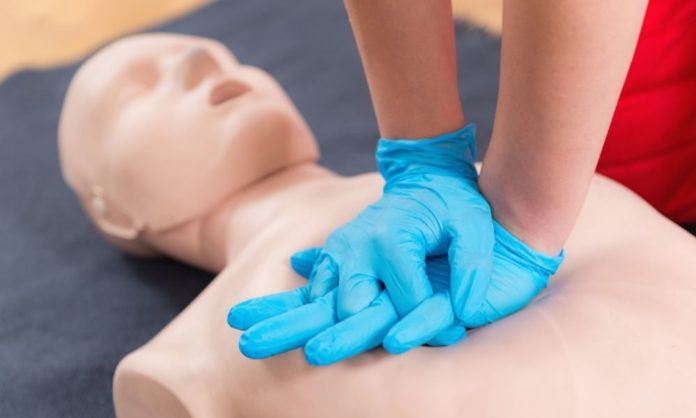When things go wrong and a life hangs in the balance, be prepared to offer the assistance that can keep that person alive. First aid and other techniques can’t bring someone back to life, but they can keep a person’s body supplied with oxygen and more until health care professionals take over. Here are the basic life-saving skills everyone should know. The university as well as several sites offer several courses on this, and online instruction is available in first aid, CPR, AED operation, and more. In every case, call the emergency service providers right away!
Cardiopulmonary Resuscitation (CPR)
Despite what you may have seen in the movies and on TV, CPR is not a way to bring someone back to life from drowning or other accidents. It is a way to keep the blood flowing and the lungs working to ensure oxygenated blood reaches a person’s organs and keeps them from failing, at least until the professionals show up with their medications, oxygen, and so forth. Statistically, a person is twice as likely to survive a life-threatening incident if they receive CPR as well. CPR courses are available in real life and online, but it’s best to be certified in person.
Heimlich Maneuver
Quick! Someone is choking! Seconds count because the brain can’t go without oxygen for more than 5 to 10 minutes without suffering irreversible brain damage. When an object becomes lodged in a person’s throat, it can stop them from breathing immediately. Stand behind a victim, wrap your arms around them, make a fist and grab it, then press it into their upper abdomen. Several quick thrusts should help dislodge the object and get the person breathing again. Just in case, and especially for babies and children, learn the proper technique in a course.
Stopping Bleeding
Among the many basic life-saving skills everyone should know is how to help stem the flow of blood from a cut artery, vein, or other wound. Stopping bleeding doesn’t require much training, but again, an in-person first aid class is a good idea. Until then, know that all you have to do is apply a piece of cloth—shirts, towels, and the like work well—to the wound and hold it down with direct pressure. Raise the injured area above the heart as well. There are pressure points on the upper arm and leg you can hold down as well to slow the flow of blood.
Recognizing and Treating Shock
Shock occurs when the body’s blood flow diminishes due to a life-threatening injury, loss of blood, and other trauma. Shock can kill just like any major injury, so it’s important to recognize and treat shock while treating other issues. Shock can manifest as dizziness, fainting, cool or pale skin, clamminess, and other unusual changes in the body or the person’s behavior. Keep the person calm and still, cover them with a blanket, elevate the feet so the blood flows toward the brain, and don’t let them drink or eat.








